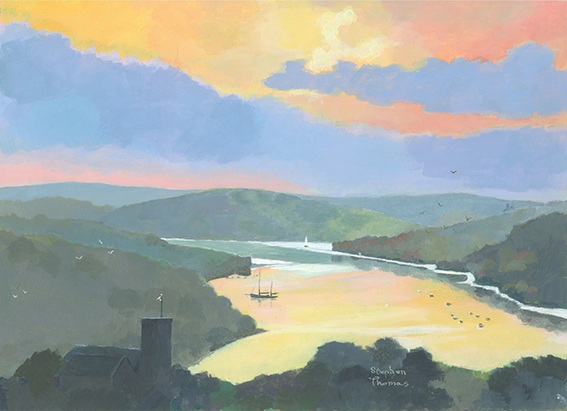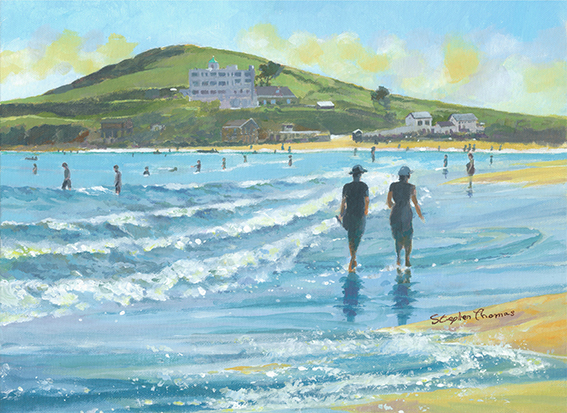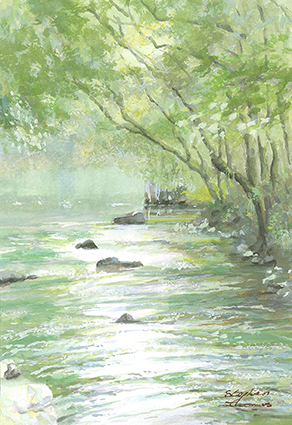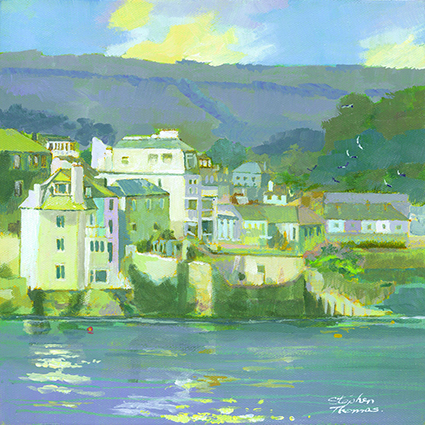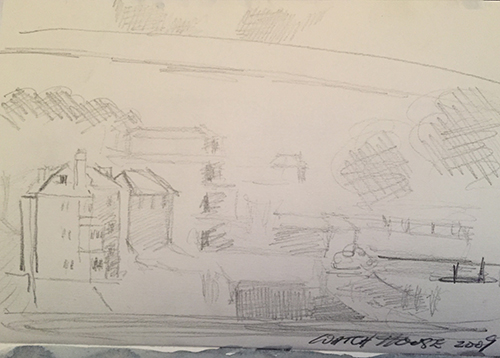Only one postcard from Paradou – as most of our few days in Paradou were spent with family, catching up and relaxing after our long journey from Devon.
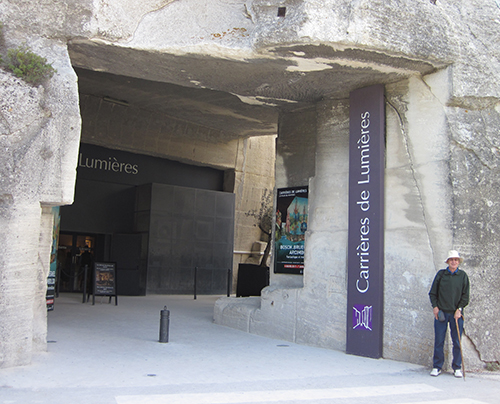 However, as luck would have it, our visit coincided with the summer fete. This included, on the Saturday, an Abrivado: a day of bulls running through the streets, being chased by young men trying to show off to the local lasses.
However, as luck would have it, our visit coincided with the summer fete. This included, on the Saturday, an Abrivado: a day of bulls running through the streets, being chased by young men trying to show off to the local lasses.
The Sunday was also fun: a festive meal for 600, hosted by the mayor (a lady), in which we were served tomato and mozzarella salad with French sticks of bread, a dish of steaming paella (a popular Spanish dish in France?), followed by cheese and then ice cream. And as much rose/red wine as you can consume.
We were entertained by a brass band and there was much laughter and dancing. It was a long day!
The one art experience was a visit to Les Baux-de-Provence, to see the fantastic exhibition at Carrières de Lumières which is open now until 7 January 2018.
Carrieres de Lumieres: Bosch, Brueghel and Arcimboldo. Fantastique et merveilleux.
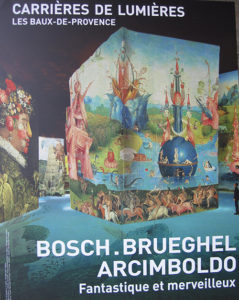
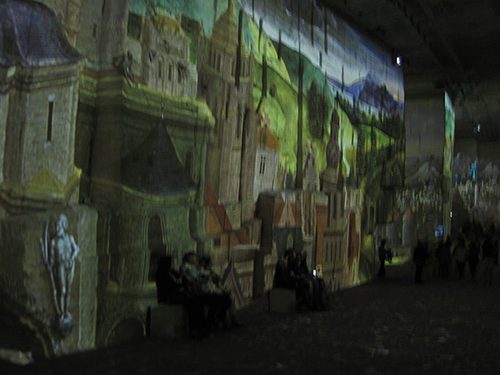 The exhibition focused on Bosch, the Brueghel dynasty and Arcimboldo, prefaced by a tribute to Georges Méliès, the cinemagician.
The exhibition focused on Bosch, the Brueghel dynasty and Arcimboldo, prefaced by a tribute to Georges Méliès, the cinemagician.
For just six minutes, the audience shares the life of Georges Méliès, who is credited with being the inventor of the first special effects in film-making.
Then, for the rest of the show, Bosch, the Brueghel dynasty and Arcimboldo, these major 16th century painters, with their unbridled imagination and extraordinary creativity, are brought sharply into focus by the presentation of their images on the walls of this amazing venue.
Within the exhibition space – effectively a cave, with no natural light – the floor is sandy and as uneven as the walls. The projections – using cutting-edge laser phosphor projectors – fall on all surfaces, including the ceiling.
The complete ‘show’ lasts for about 45 minutes, and there are plenty of ledges on which to perch or sit and take in the atmosphere.
It’s not a static show. With accompanying music, the images are brought to life through clever transitions.
Hieronymus Bosch
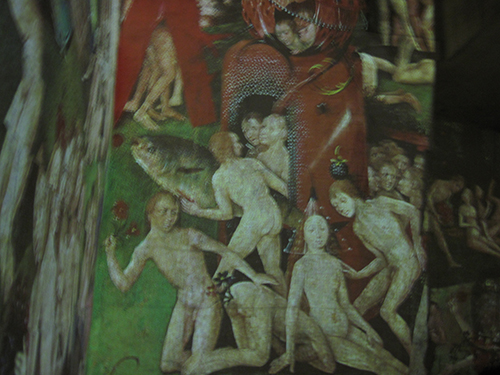
Bosch: The garden of earthly delights
As an example of the method of transitions, within this image, a tiny extract from Bosch’s The garden of earthly delights, various body parts of the people depicted – heads, arms, legs – moved back and forth to create the impression of a film, rather than a painting on canvas.
The original painting is a triptych, housed in the Museo del Prado in Madrid since 1939. It dates from between 1490 and 1510, when Bosch would have been 40 to 60 years old, and is probably his best-known – and most ambitious – surviving work.
Projected onto the walls and ceiling of the Carrières de Lumières, mermaids and giant strawberries glide past knights in shining armour astride flying fish.
It’s all very weird and wonderful!
And, definitely living up to the title of ‘sensual excess’.
The Brueghel dynasty
Works by all three of the Bruegel dynasty were featured: Pieter the Elder, Pieter the Younger, and Jan Brueghel.
The chosen musical accompaniament – a waltz – particularly suited the Breughels’ paintings. The image ‘rocked’ in time to the music, so the otherwise static images in the original paintings looked like they were actually dancing. Very clever.
The transitions worked well also when applied to crowded landscapes, with movement across the walls enhancing the sense of movement of those in the scene.
Guiseppe d’Arcimboldo
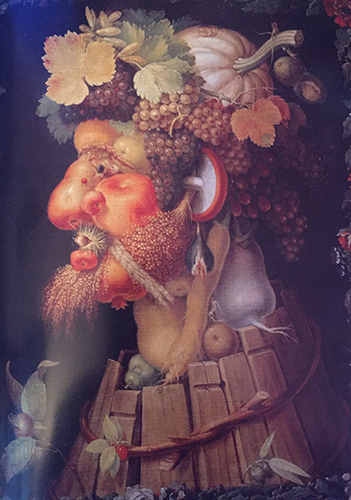 His Four Seasons were outrageous fun!
His Four Seasons were outrageous fun!
This is Autumn, with every part of the face created from seasonal produce.
Would I recommend you to visit this exhibition?
While the ‘art’ was impressive, the transitions brought everything to life. Discussing it afterwards with others who had visited the exhibition previously, this ‘modern’ approach to art is clearly not of universal appeal.
However, whether it was the addition of snow flakes gently falling on a wintry scene, or butterflies flitting across the sky, or heads, arms and legs moving, in my opinion such wizardy made the message more vivid and more immediately accessible.
The finale ‘Staircase to Heaven’ was particularly poignant.
Yes, definitely worth a visit!
This post is one of my POSTCARD series, sharing all things ART with you when I go travelling. It’s the first one for this particular trip. Watch this space!
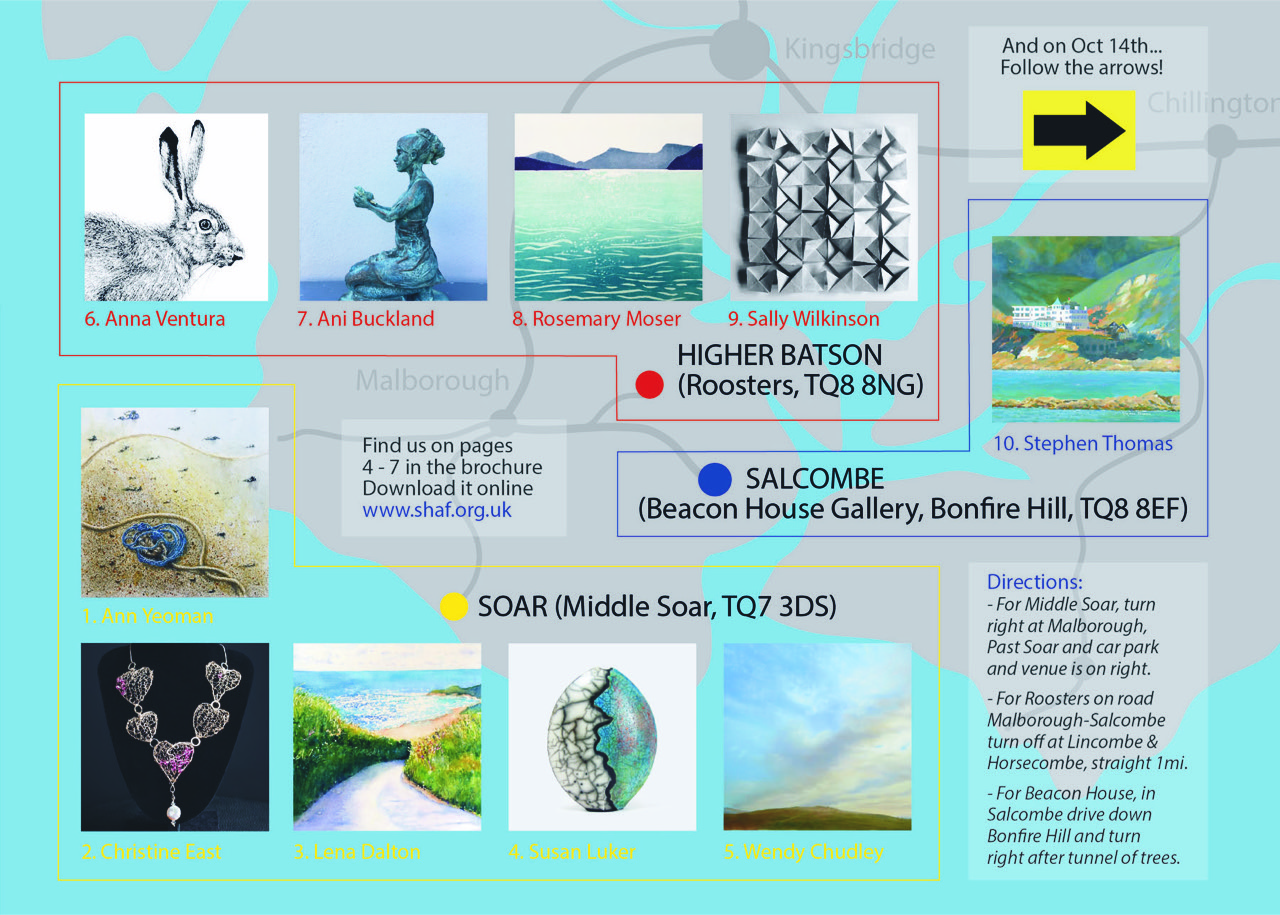


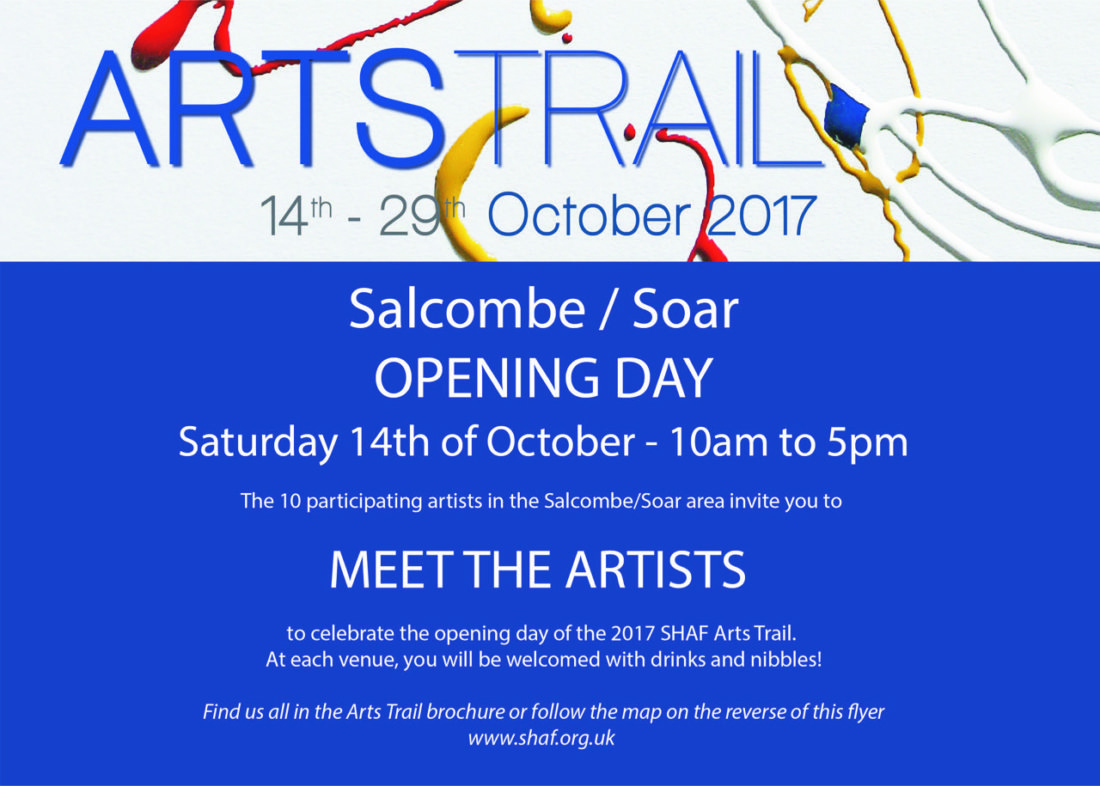
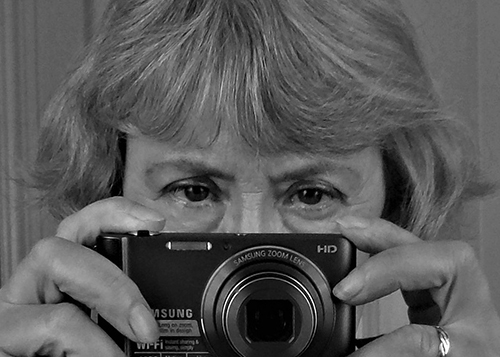 Fine Artist, Elen Claire Williams MA is one of 60 artists opening their studios for the SHAF Arts Trail.
Fine Artist, Elen Claire Williams MA is one of 60 artists opening their studios for the SHAF Arts Trail.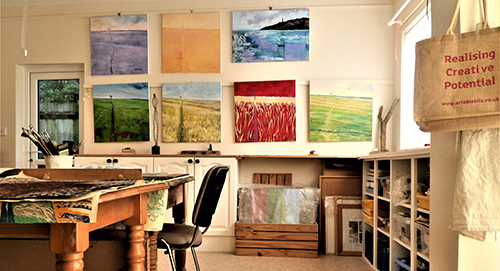
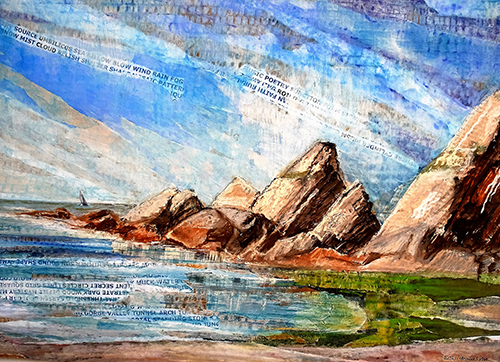
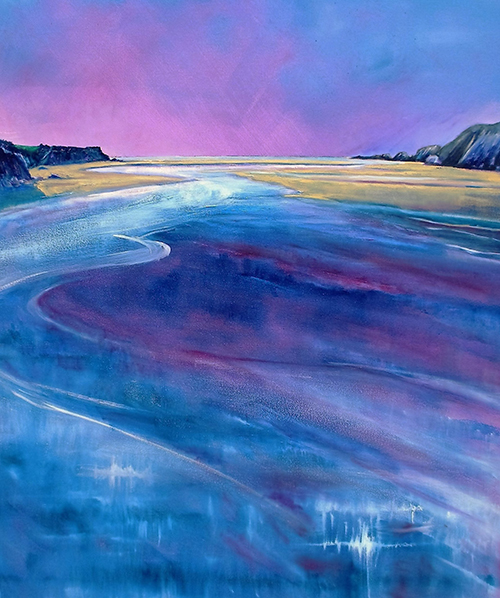
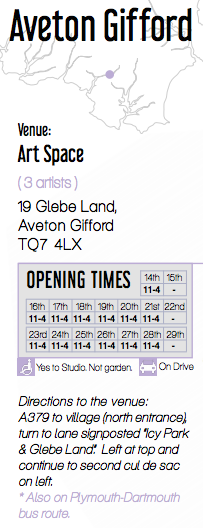 SHAF Arts Trail brochures are available in libraries, information centres and many other places in the South Hams. There are 18 SHAF Arts Trail venues, each with one or more artists displaying their work and available for you to see them at work, and to answer your questions.
SHAF Arts Trail brochures are available in libraries, information centres and many other places in the South Hams. There are 18 SHAF Arts Trail venues, each with one or more artists displaying their work and available for you to see them at work, and to answer your questions.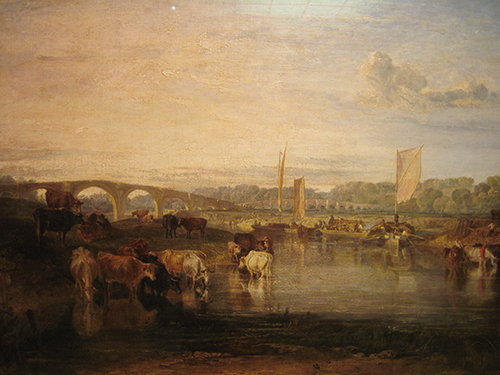
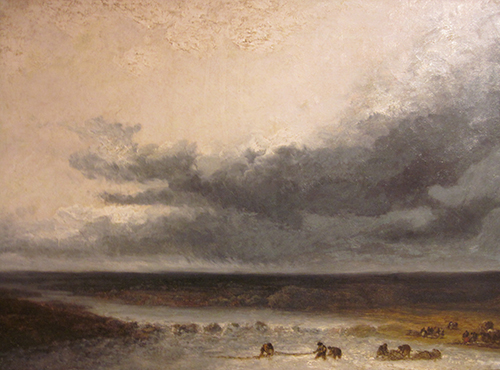
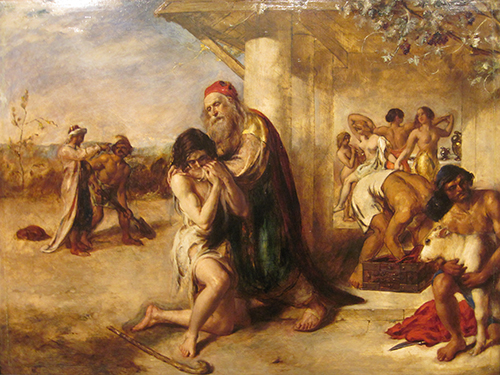
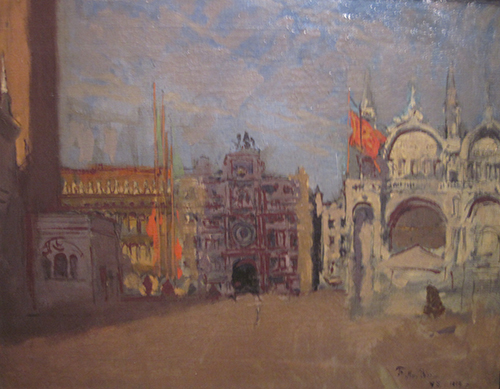
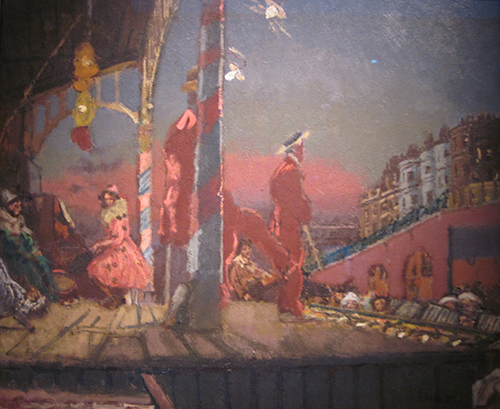
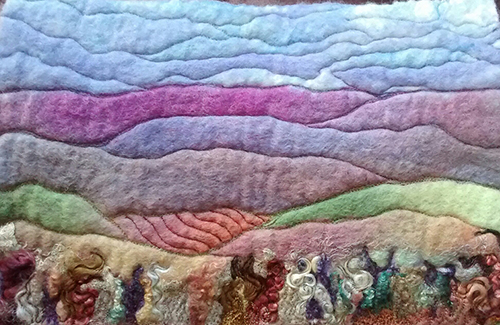 The South Hams Arts Forum (SHAF) is a lively, actively engaged association of artists and craftspeople from across the region. Over the past decade, SHAF has regularly staged a number of exhibitions in the South Hams, and is glad to announce that the annual Arts Trail has this year been extended to include the Half-Term week and will run from October 14th – October 29th in most venues.
The South Hams Arts Forum (SHAF) is a lively, actively engaged association of artists and craftspeople from across the region. Over the past decade, SHAF has regularly staged a number of exhibitions in the South Hams, and is glad to announce that the annual Arts Trail has this year been extended to include the Half-Term week and will run from October 14th – October 29th in most venues.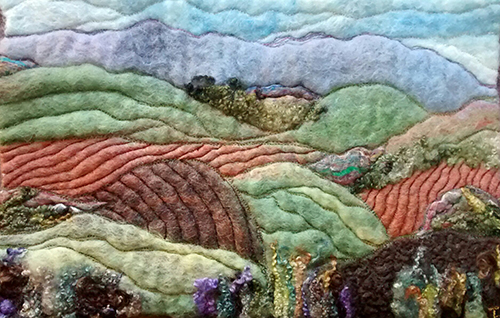
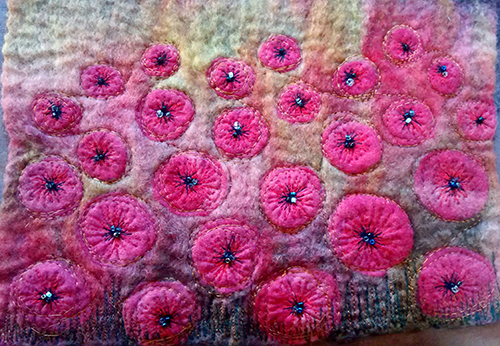 Jean offers workshops, via the
Jean offers workshops, via the 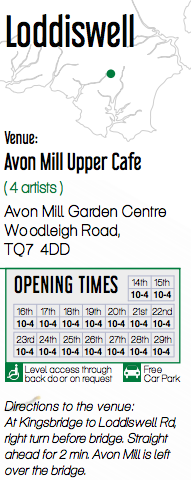 In case you can’t get your hands on a copy, here are the details for Jean Fenton’s venue in Loddiswell– and the opening times.
In case you can’t get your hands on a copy, here are the details for Jean Fenton’s venue in Loddiswell– and the opening times.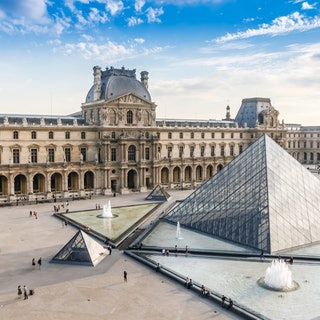
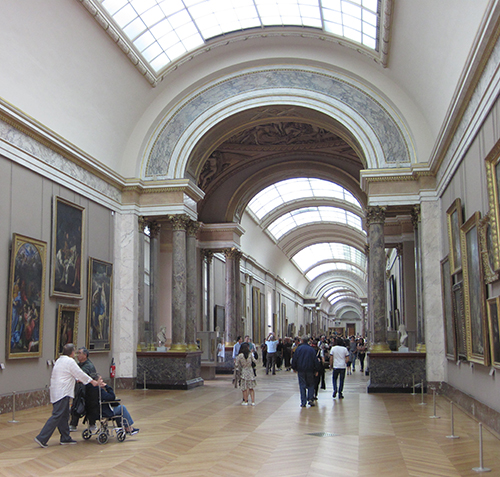 The other two ‘big’ museums in Paris are the Museé d’Orsay which was featured in the
The other two ‘big’ museums in Paris are the Museé d’Orsay which was featured in the 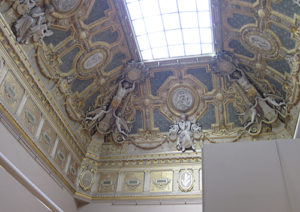 The pyramid outside the building is eye-catching enough but, inside, apart from the paintings, the architecture is wonderful.
The pyramid outside the building is eye-catching enough but, inside, apart from the paintings, the architecture is wonderful.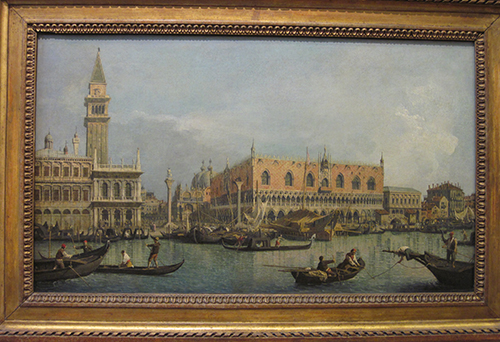
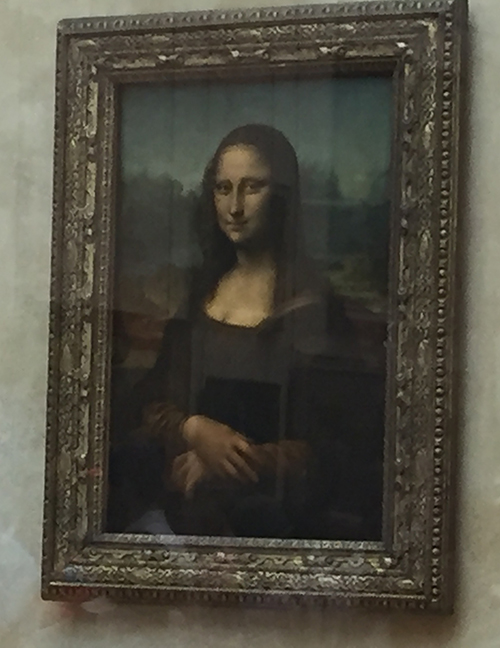 The paintings by Arcimboldo, Bosch and Brueghel also provoked discussion; they reminded us of the exhibition we’d seen at Les Baux-de-Provence only a few days earlier. I wrote about it in
The paintings by Arcimboldo, Bosch and Brueghel also provoked discussion; they reminded us of the exhibition we’d seen at Les Baux-de-Provence only a few days earlier. I wrote about it in 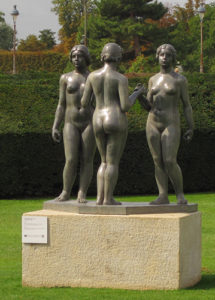 Back out into the sunshine, we were delighted to see this sculpture.
Back out into the sunshine, we were delighted to see this sculpture.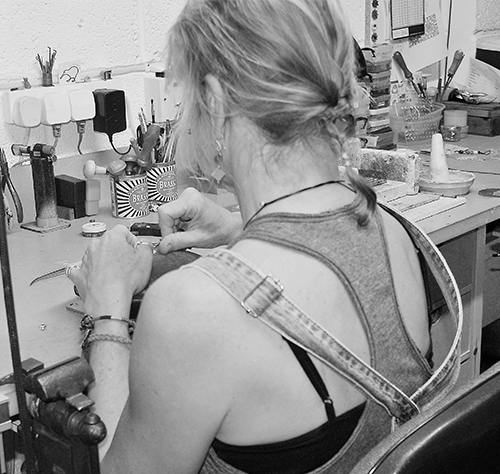
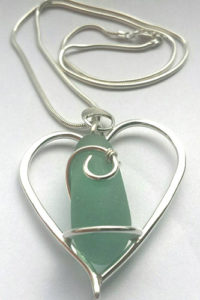
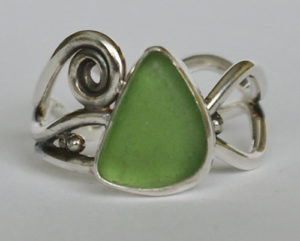 Fiona has lived in Devon by the coast all her life and, since a little girl, she has been collecting beach finds. This has influenced her work today, often using these finds either for mould making and casting, or for incorporating shells and, in particular, sea glass into her jewellery.
Fiona has lived in Devon by the coast all her life and, since a little girl, she has been collecting beach finds. This has influenced her work today, often using these finds either for mould making and casting, or for incorporating shells and, in particular, sea glass into her jewellery. 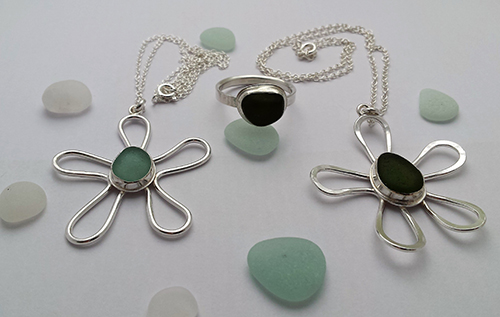
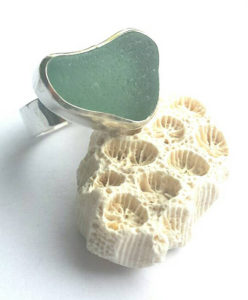 Jewellery Making Workshops
Jewellery Making Workshops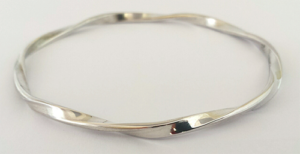 Taster workshops might result in your making a silver bangle or silver ring.
Taster workshops might result in your making a silver bangle or silver ring.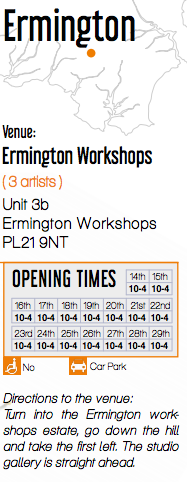 In case you can’t get you hands on a copy, here are the details for Fiona Cocks’s venue in Ermington – and the opening times.
In case you can’t get you hands on a copy, here are the details for Fiona Cocks’s venue in Ermington – and the opening times.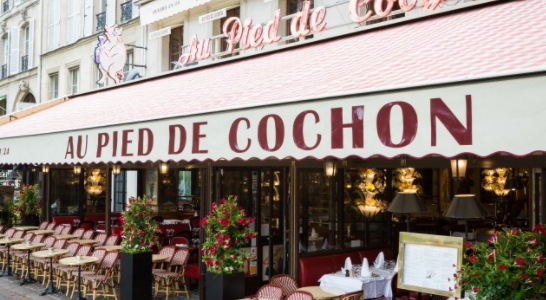
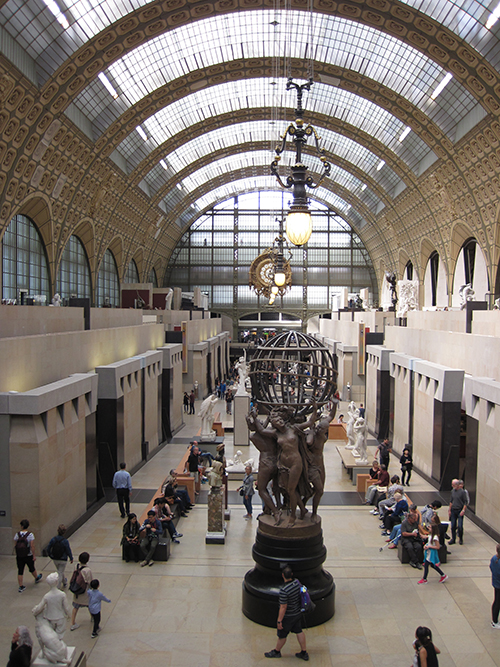
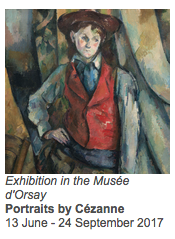 I have attended many Impressionist exhibitions in London but none compare with the one on at the Musée d’Orsay at the moment.
I have attended many Impressionist exhibitions in London but none compare with the one on at the Musée d’Orsay at the moment.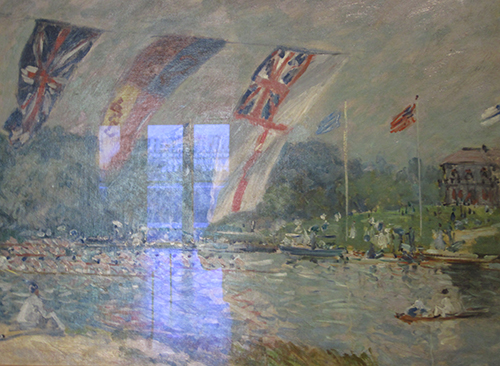 One exhibit, I had never seen before, by Sisley, was Les Régates à Molesey (Boating at Molesey).
One exhibit, I had never seen before, by Sisley, was Les Régates à Molesey (Boating at Molesey). However, as luck would have it, our visit coincided with the summer fete. This included, on the Saturday, an Abrivado: a day of bulls running through the streets, being chased by young men trying to show off to the local lasses.
However, as luck would have it, our visit coincided with the summer fete. This included, on the Saturday, an Abrivado: a day of bulls running through the streets, being chased by young men trying to show off to the local lasses.
 The exhibition focused on Bosch, the Brueghel dynasty and Arcimboldo, prefaced by a tribute to Georges Méliès, the cinemagician.
The exhibition focused on Bosch, the Brueghel dynasty and Arcimboldo, prefaced by a tribute to Georges Méliès, the cinemagician.
 His Four Seasons were outrageous fun!
His Four Seasons were outrageous fun!